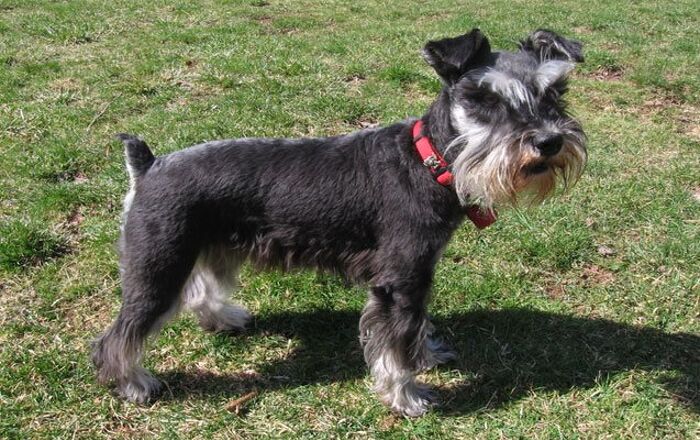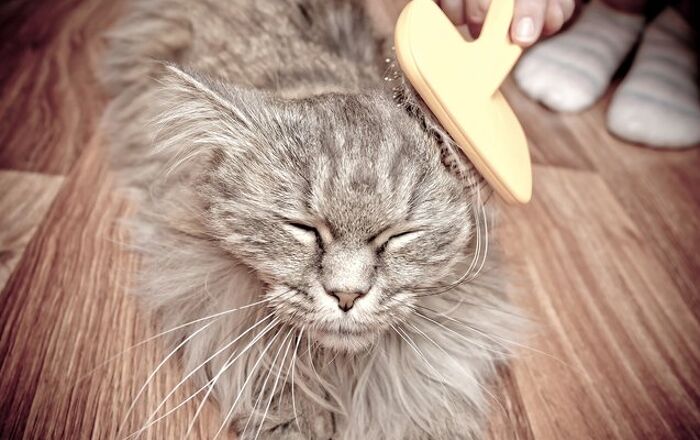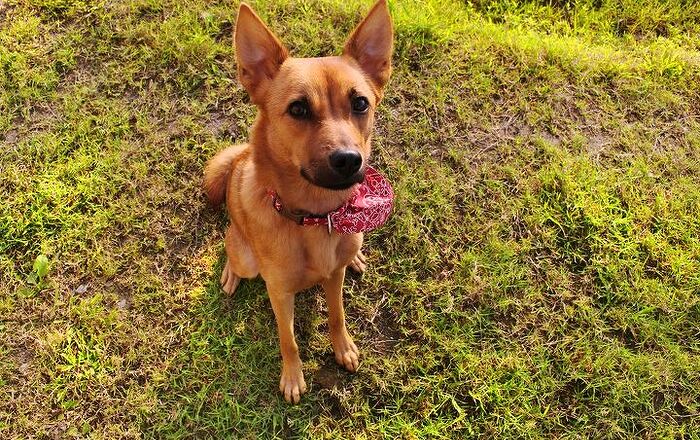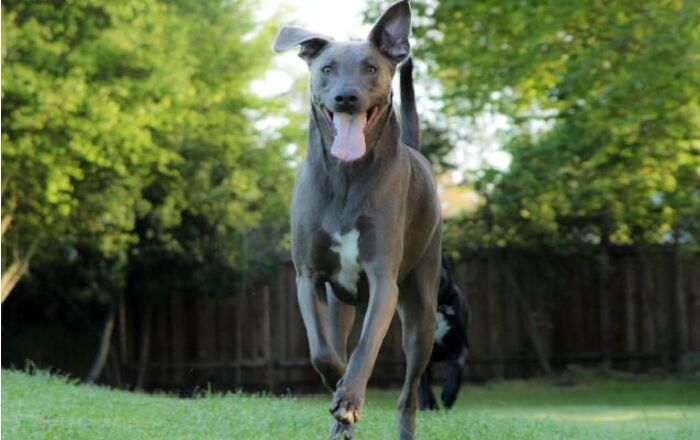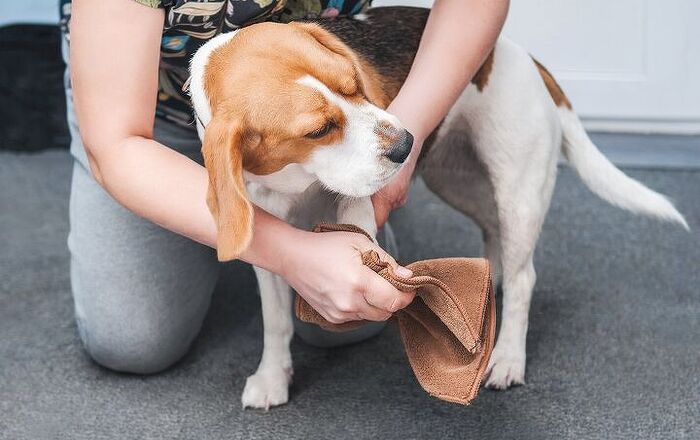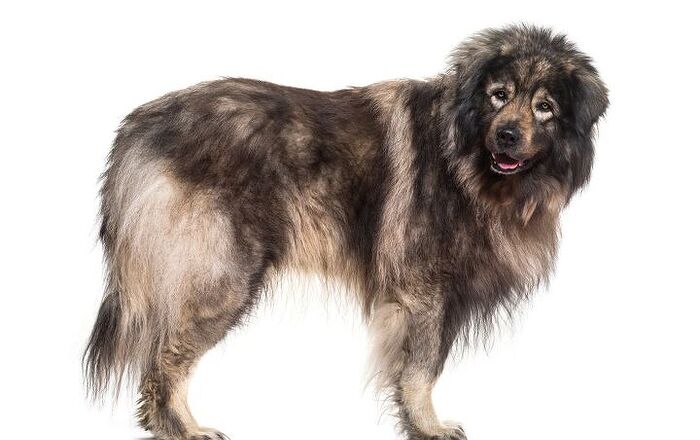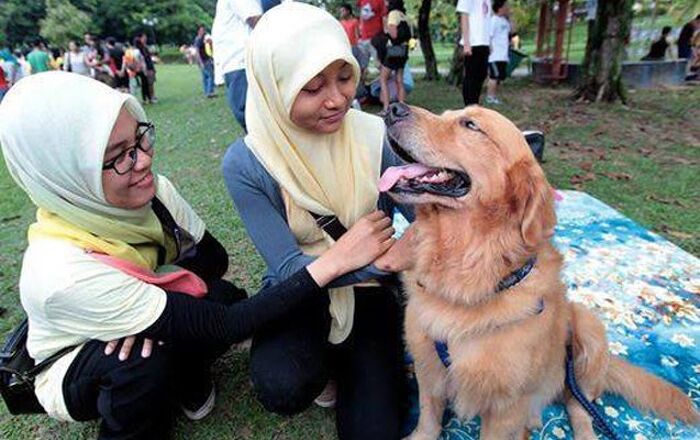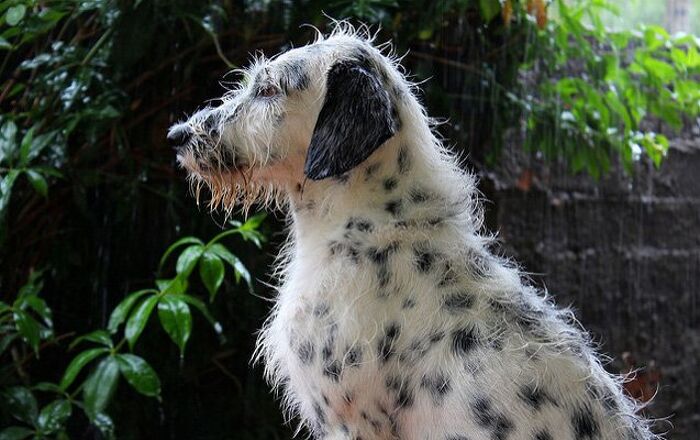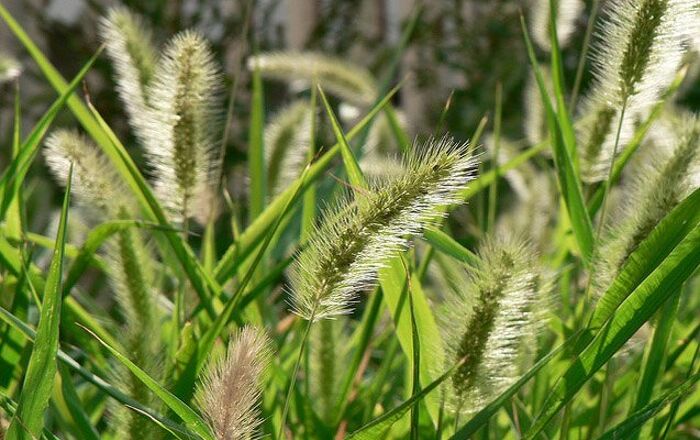Silkyhuahua is spirited and energetic, and no day will ever be dull when they are around.

Silkyhuahua Basics
A mix between a Chihuahua and a Silky Terrier is popularly called the Silkyhuahua or Silky Chi and is a quirky, affectionate, fun, and adorable dog. These petite pooches are as sweet as they come but that doesn’t mean that they are mellow – these vivacious dogs have a lot of spirit! Silkyhuahua comes from two toy-sized dogs with big attitudes, and it inherits those traits from the parents. If you like dogs in small packages that have a bigger-than-life personality, these crossbreeds will be the perfect match for you.
Origin
The world of designer dogs is still relatively new, and the origins of individual crossbreeds are easy to trace. However, the parentage of the Silkyhuahua is something to be really proud of. Because it goes back quite a bit! The Chihuahuas have been known for a very long time and gained the name from the Chihuahua province in Mexico. The Spanish Conquistadors, arriving into Central America, reported that these tiny dogs were favored amongst the ancient Aztecs. From there, through the centuries, they have evolved into adored tiny house pets. And that’s very great for them – because the Aztecs likely ate them! Yikes!
The Silky Terrier, on the other hand, is a breed that has evolved in Australia. Tracing its origins to the classic breeds such as the Yorkshire Terrier from England, the Silky Terrier has been evolved as a loyal, intelligent, fun, and hard-working doggo. In its early days, it was well known for its prowess as a terrier – hunting rats, mice, and snakes, and keeping the farmlands safe and clear of pests. In the modern days, however, they are primarily loved as pets, adored for their antics, their loyal nature, and their great character traits.
The offspring of these two breeds, the Silkyhuahua, likely originated much, much later. The designer dog craze emerged in the 1990s in America, and since then, a number of unique crossbreeds have emerged. And that’s the likeliest time for the emergence of the Silkyhuahua. But no matter how young this breed is, it quickly found its way to the hearts of owners across the globe!
Pedigree
Purebred dogs have a pedigree, which is a recorded lineage and a certain set of standards common for the breed that they inherit from their ancestors. But there is a most peculiar case of unpredictability with designer breeds: breeders often have no idea how a litter will turn out when they crossbreed two purebred dogs. There are simply too many variables, and an offspring can take the traits of either one of its parents. So don’t be surprised if your Silkyhuahua has slightly more of the Chihuahua or the Silky Terrier looks. Still, it’s not all one-sided. There is a general pattern with their appearance, and you can take a glance and still know that you are dealing with a Silkyhuahua.
The body generally takes the traits of the Chihuahua – and can be symmetrical, with a solid height and normal-sized legs. The ears are likewise perky, somewhere in between the terrier and the Chihuahua.
The coat is generally ruffled and shaggy –- but it can be soft and flowing as it is with the Silky Terrier. The snout is also somewhere in-between the two parent breeds and is neither too long nor too stubby. One key difference is the tail, being long and raised straight up, with a slight upward curve, which is a distinct trait taken from the Chihuahua. Either way, the appearance is unmistakable, taking equal amounts of features from both parent breeds and creating something new, exciting, and truly adorable.
Food / Diet
A balanced and healthy diet is the foundation of great health for any dog, no matter the breed. If you want your Silkyhuahua to thrive and be happy, then pay attention to what you’re feeding them – and just how much. In general, you’d want to feed a dog in relation to their energy levels, their weight, and their life stage (puppy, adult, or senior formula). The food should be rich in protein, fiber, and is easy to digest, without any nasty fillers or artificial ingredients.
You’ll want to make sure that the portions are measured, and that the calories are properly burned off. That’s because small breeds such as this one can be prone to weight gain and – in time – obesity. If you overlook your pet’s need for exercise and overindulge them with food, you might quickly end up with an overly chubby Silkyhuahua. And that’s never a good thing, as it can quickly lead to worse health problems. Remember, if you are ever in doubt about your proper diet for your pet, don’t hesitate to take the advice of your veterinarian. They always know what’s the best course of action!
Training
The Silkyhuahua can be a moderately challenging breed to train. Taking on the Chihuahua side, they are known to show a bit of stubbornness on occasion, and they might have to be prompted with treats and other bribes to put in the effort. However, this is carefully balanced with the attentive and obedient traits of the Silky Terrier – who was known in history as a smart, eager to please, and hardworking dog. So, you can expect a moderate challenge, but the mission will surely end up as a success. Arm yourself with patience, a few treats, and a firm attitude, and you will be surprised at how fast you Silkyhuahua can get in line and follow your rules.
Of course, it is always best to try the positive reinforcement approach. Scolding, anger, and punishments just won’t do you any good. It is best to reward a dog for their understanding and positive behavior. A tiny snack for a completed trick – and they will quickly get the gist of it! These are also dogs that adore praise, so don’t be modest with it! Once they realize they are doing a good job, they’ll just keep at it.
Weight
The Silkyhuahua is a toy to a small breed dog, just as its parents are. They weigh from 5 to 10 lbs on average and have a height of 10 inches at most. And as such, they won’t really take up a whole lot of space around the house. But they still need adequate free space to lounge, play, and exercise. Good accommodations for this breed can range from a studio apartment all the way to a classic, average-sized family home. Of course, it is always best to have a fenced-in yard, where these dogs can really benefit from the free space and the natural environment.
And since their weight and height are in such a close-ratio, these dogs can quickly gain extra weight – if you don’t feed them properly or give them enough exercise. For both Chihuahuas and Terriers, obesity is a big issue, and this transfer to the Silkyhuahua as well. Be careful about their diet!
Temperament / Behavior
The charming little Silkyhuahua is a quirky, fun-loving, affectionate, and loyal doggo. These small dogs are very vivacious and energetic, and no day will ever be dull when they are around. They are known to be great around children, when socialized properly, and love to engage in play with virtually anyone! The Silkyhuahua will also develop a strong bond with their owner and can be somewhat of a velcro dog.
In general, Silkyhuahua will answer to your affection with just that – more affection. They won’t love to be left alone for long periods and will suffer from separation anxiety in some cases. If you spend long hours at work and live alone, reconsider the need for a pet dog. The Silkyhuahua loves good company: whether it is playing or snoozing in your lap.
Common Health Problems
Following in the footsteps of its parent breeds, the Silkyhuahua can suffer from some mild – and some more serious – health issues that are passed on through the generations. From the more serious issues, they can develop diabetes, suffer from Legg-Calve-Perthes disease, or patellar luxation. However, these are not so common. Of those less threatening illnesses, they can suffer from eye issues, ear infections, obesity, and indigestion. Either way, these health problems do not appear often. And if they do, timely veterinary assistance can help keep everything under control. It is not a reason for too much worry, especially if you have been looking after your pet closely, and having regular veterinary checkups.
Life Expectancy
The average life expectancy for these dogs is from 12 to 15 years on average. And that is quite commendable! If we consider that the average maximum lifespan for dogs is 15 years, we can see that the Silkyhuahua falls right at the top of that spectrum. This makes them great as companion pets: if you are looking for a loyal pet to share in on your adventures for a great portion of your life, this might be the ideal match.
However, remember that constant care and affection are necessary in order for your pet to reach that maximum life expectancy. They can’t do it all on their own!
Exercise Requirements
These small-sized doggos are full of energy and joy. This means that they will require moderate amounts of exercise per day, roughly around 40 minutes of vigorous activity daily. This can be spent on classic walks around the block, plays in the park, or hiking in nature – the choice is yours. Either way, be ready to commit to daily exercise with a Silkyhuahua. Of course, these are moderate levels, and they will also love to snooze and relax after burning off extra energy. Just make sure to exercise safety, especially when outside your home: their inquisitive nature can sometimes land them in trouble if they are always securely tethered.
Recognized Clubs
Still a relatively new crossbreed, the Silkyhuahua is not officially recognized by all the leading clubs and organizations such as the American Kennel Club (AKC). Of course, there are other clubs that accepted this designer breed and included it into their lists. It is a recognized designer breed with the American Canine Hybrid Club (ACHC), the Dog Registry of America (DRA), and the International Designer Canine Registry (IDCR). Some of the accepted names are Silkyhuahua and the Silky Chi.
Coat
The Silkyhuahua takes its coat largely from the Silky Terrier. It was, after all, the parent breed that was known for its luxurious long coat. The Silkyhuahua is thus a breed with a moderately long coat that comes in the classic colors – brown, tan, black, and black-golden. The coat varies from a shorter shaggy coat if the Chihuahua is more prevalent, and longer flowy locks if the Silky Terrier genes are more dominant. A twice-per-week brushing routine will be enough to keep everything tidy and to avoid excess hair in most cases, and daily brushing for the long coat Silkyhuahuas.
Puppies
Silkyhuahua litters usually have 3 to 4 puppies. In their first weeks, they are quite fragile and delicate, so be very careful with handling and avoid crowds – or leaving your puppy unattended with young children that could inadvertently hurt them. But as soon as they reach a few weeks of age, begin with the period of socialization. This is very important for puppies, and it helps lay down a healthy foundation for their adult life. Socialization helps iron out any wrinkles that a dog’s character can have, such as aggression, aloofness, apathy, and anxiety.
Similarly, you should start training as early as 8 weeks, beginning with simple commands such as sit and stay before progressing to potty training a few weeks after that. As for formal training, this is usually left for the period when the puppy reaches 6 months of age. If you want a happy and friendly dog by your side, then don’t underestimate the importance of puppy training and socialization!
